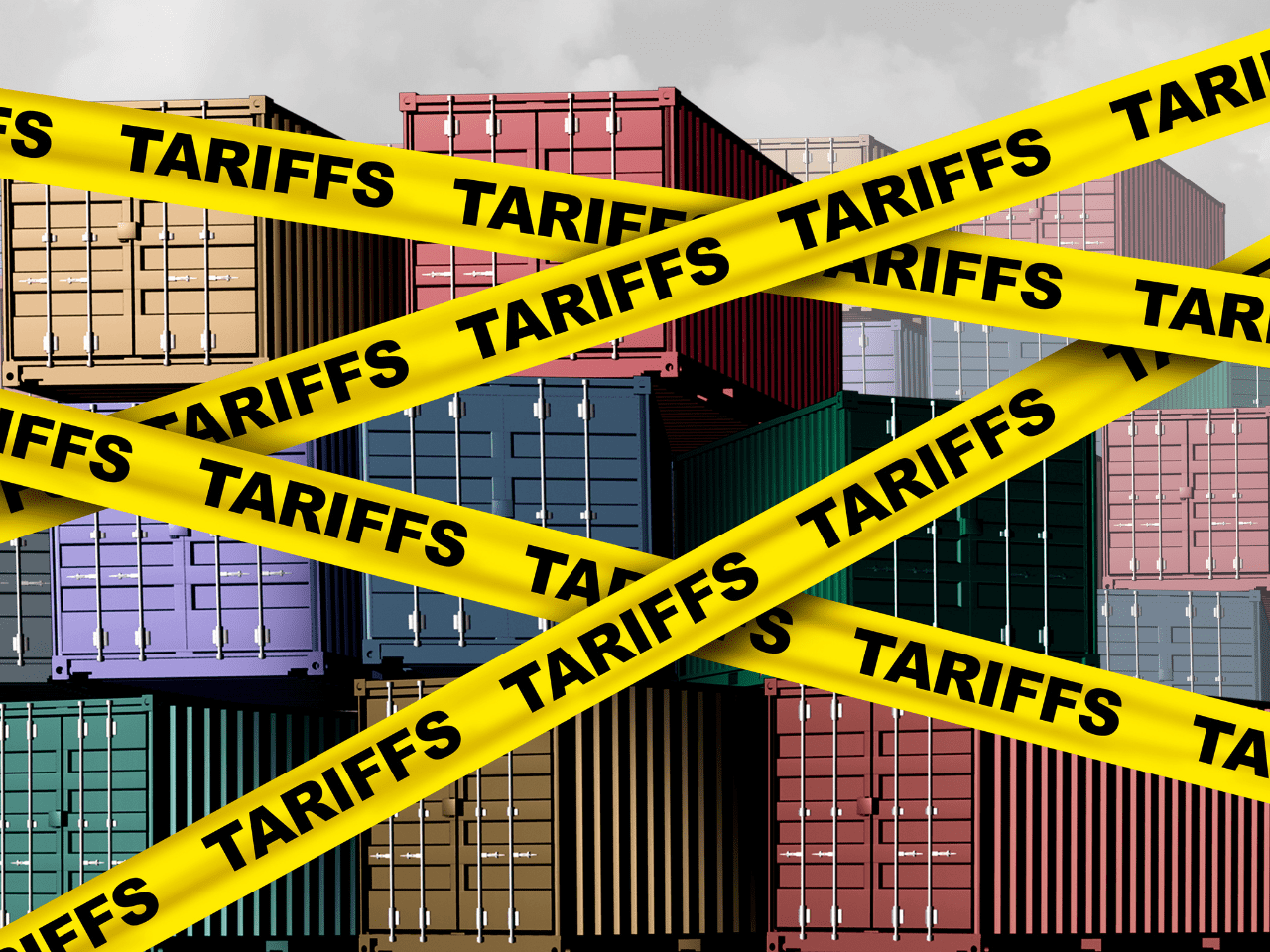Measuring and reducing carbon footprints, monitoring sourcing credentials – there is increasing demand for companies to develop and implement sustainability strategies that work.
However, there is still a lot to do to make sustainable supply chains the norm rather than the exception.
As governments, regulators, industry bodies and consumers all demand that business does more to reduce environmental impact, buyers are increasingly looking at sustainable energy and the way their supply chains operate.
Here’s more about why we need to build sustainable supply chains, and how we can help.
Learn more about how we can help manage environmental sustainability in your supply chain
Necessary changes
Many companies still believe that improving their sustainability credentials means high costs and disruption, but that doesn’t have to be the case. In fact, research suggests there will be little resistance to making supply chains greener and more sustainable overall.
In September 2018 The Economist Intelligence Unit surveyed 250 senior executives at large multinational retail and manufacturing businesses in Europe, North America, Asia and Latin America. For most companies, particularly in the US and Europe, the idea of improving sustainability is familiar and increasingly embedded into management thinking. However, the idea of boosting sustainability by looking outwards, to the supply chain, has not yet been taken up by most small to medium enterprises (SMEs) in these regions, or by large companies in Asia and Latin America.
PwC’s 17th Annual Global CEO Survey showed that in 2014 75% of Chief Executive Officers believed satisfying societal needs and protecting the interests of future generations is important. Since then, complex, global supply chains have become a focus for the fight against climate change. According to McKinsey, 80% of the greenhouse-gas emissions of most consumer goods categories originate in the supply chain. Despite this, only 25% of buyers are engaging with their suppliers about reducing their embedded emissions.
So how can companies go about this and ensure sustainability principles are followed through the supply chain?
Building sustainable supply chains
Even though the desire is there, actually making well-established relationships and supply chains more sustainable can be challenging. Many companies equate sustainability with large, disruptive changes and upheavals, which can make them reluctant to approach the companies they rely on.
But with effective supply chain management, planning and communication, becoming more sustainable can actually be a process of making small, non-disruptive adjustments. Being aware of the main challenges that companies face is a good way of making the process as smooth as it can be.
Locating critical issues
Understanding the true environmental impact of your supply chain is a complex task. Determining how natural and human resources are utilised throughout each stage of your production and supply process requires a lot of visibility over how your supply chain operates on a daily basis. There are also a range of environmental, social and economic factors that must be considered when calculating sustainability.
Recent years have seen a large number of measurement frameworks and instruments emerge in order to help companies find and assess the impact their operations are having.
Linking goals to the global sustainability agenda
Sustainability is not a solitary activity. Every company’s efforts are part of a larger global agenda. Linking your supply chain sustainability goals to global programmes such as the UN Sustainable Development Goals (SDGs) can help ensure your entire supply chain is focused on achieving the same goals.
The SDGs serve as a guideline for businesses who are looking to operate more sustainably. For example SDG #12 sets aims to “encourage companies, especially large and transnational companies, to adopt sustainable practices and to integrate sustainability information into their reporting cycle”.
Actively helping suppliers
Often, buyers want to make their supply chains more sustainable but don’t know what support to offer their suppliers. Many of them are choosing to adopt a more comprehensive approach to helping suppliers operate more sustainably. This can take the form of creating codes of conduct, enlisting companies to perform audits and pre-qualification, as well as actually helping suppliers design and implement their own sustainability programmes.
How we can help
The starting point is to establish the current sustainability situation in your supply chain. Once you have a clear view of the status quo, we can work together to develop improvement schemes for your suppliers. This is what our Responsible Sourcing community is all about, helping buyers and suppliers work together to measure, assess and improve the sustainability of their supply chains.
If your main concern is carbon emissions, we also provide greenhouse gas certification under CEMARS, which is the first global greenhouse gas certification standard to be both accredited to ISO 14065 and approved by the UK Environment Agency.
Applying CEMARS as the standard across your supply chain creates consistency in both the measurement and reduction of emissions. This makes it easy to rollout and enforce sustainability policies.
Sustainability, when implemented properly, gives companies the ability to make better decisions to reduce costs, improve productivity, support growth and take longer-term decisions.
Watch our recorded webinar on ‘Tackling Sustainability Challenges in Supply Chain Management’
Tackling sustainability challenges in supply chain management


